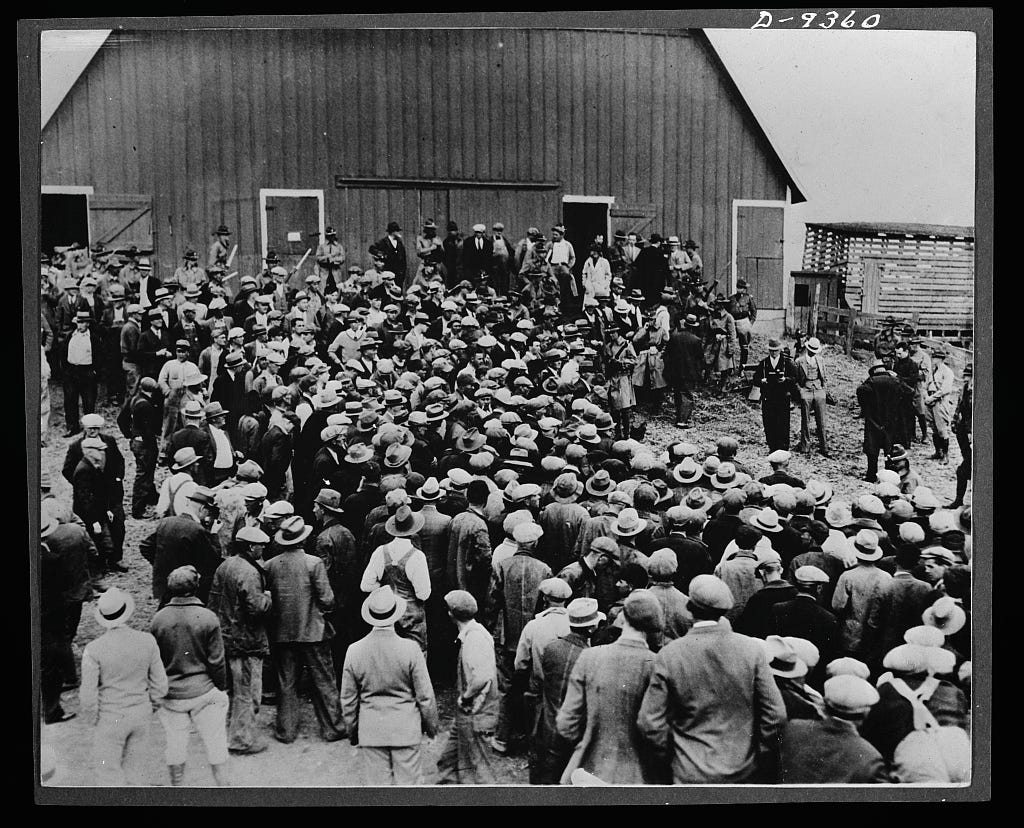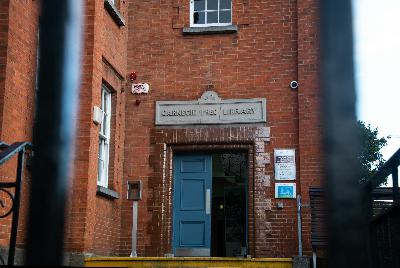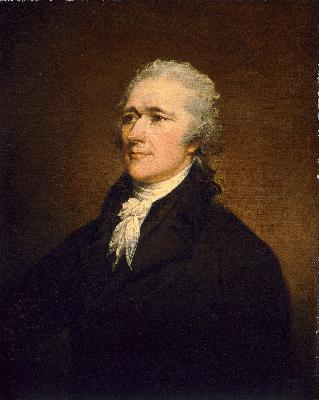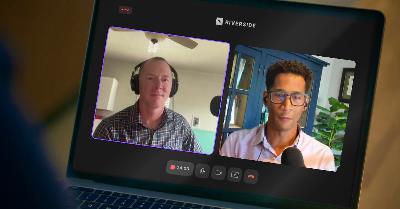Why Do We Still Need Temporary Workers After 35 Years?
Description
October 17, 1933. New York Harbor
Albert Einstein stepped off a passenger ship at the Port of New York, carrying two suitcases and a violin case. He and his wife, Elsa, had fled Nazi Germany. His books were being burned. There was a bounty on his head: one million dollars. He had to flee. The Institute for Advanced Study in Princeton, New Jersey, offered him refuge.
American universities, including Harvard, Princeton, and Yale, kept Jewish faculty to a minimum under quotas that lingered into the late 1940s. In 1933, Germany barred universities from employing Jewish instructors.
But Einstein’s unparalleled scientific reputation made him an exception. By 1940, he became a US citizen. A hunted mind found safety and gave its work to the country that offered it. His was the story of America’s ability to attract extraordinary talent in times of global crisis, benefiting both the individual and the country.
Then, a great war… (artillery shells in the distance)
Twelve years later, in September 1945, Wernher von Braun arrived at Fort Strong, Boston Harbor, under very different circumstances. He was a prisoner under military control, not a welcome guest.
Von Braun had been a key figure in Germany’s rocket program. He surrendered to the US Army in the Alps and denied Nazi allegiance. Through Operation Paperclip, the Army shifted his custody into contract work. In total, we brought over more than sixteen hundred German scientists in similar fashion.
America faced a critical shortage of expertise in rocketry, and the Germans were good at rockets. Operation Paperclip prioritized strategic advantage in a rapidly escalating Cold War. We acquired technical skills to compete with the Soviet Union. Yes, Von Braun’s past and role in Germany’s rocket program were controversial. But his expertise helped lay the foundation for America’s space program, including the Apollo missions.
Von Braun would lead teams that researched space programs and weapons technology. He later became the director of NASA’s Marshall Space Flight Center in Huntsville, Alabama.
Our stories highlight two faces of America’s approach to global talent. Einstein’s arrival was a humanitarian and intellectual triumph. We welcomed a persecuted genius. He enriched our scientific landscape.
Operation Paperclip, by contrast, was a shortcut. We imported expertise rather than developing it. We chose to prioritize providing for the national defence over the longer work of creating homegrown American rocket scientists.
It would not be the last time we brought in talent rather than build it here at home.
November 29, 1990. The White House
It was the day after Thanksgiving. President George HW Bush was about to sign what seemed like routine paperwork. The Immigration Act of 1990 sailed through Congress with bipartisan support. Democrats held strong majorities in both the House and Senate, but Republicans voted for it too. Senator Ted Kennedy shepherded it. Bush praised it as expanding basic entry rights beyond numbers.
Buried in technical language was a new tool. An H-1B visa for temporary workers in specialty occupations. A cap of 65,000. It felt generous for the handful of firms that might need niche skills. The press barely noticed the H-1B provision. Nobody understood we had just created a constitutional time bomb.
By 1998, the dot-com boom raged. Tech companies begged for more skilled workers in STEM fields. For the first time, we reached the 65,000 visa cap. Instead of asking why American universities weren’t producing the workers American companies desperately needed, Congress simply raised the cap.
Then, we raised the cap again to 115,000. Today, the nominal cap is 65,000 plus 20,000 for US advanced degrees, with exemptions and extensions that let total approvals exceed the cap. It’s the same pattern each time: Companies complain about shortages, and Congress increases the supply of foreign workers.
Nobody asked the hard question: Why can’t we train Americans to do these jobs?
Thirty-five years later, that same temporary program turned constitutional failure just got a $100,000 price tag. But the underlying problem, the broken infrastructure we need to develop human capability, remains untouched.
If this is a temporary measure we’ve already had for 35 years, let’s ask some easy questions. What conditions must we achieve to reach readiness? How will we know we achieved those conditions? How long is too long to keep the program? How much preference is too much? If the goal is a tech-ready American workforce, who decides when we should kill the program?
What Ted Kennedy and George Bush created in 1990 wasn’t an immigration program. It was an admission of constitutional failure. A Band-Aid slapped over a bleeding cut. Our inability to fulfill two of our founding promises: to promote the general welfare and establish justice.
Our constitutional goals often compete. We sometimes ignore one to prioritize another. But not in this case. In this case, we flat-out ignore two of them at the same time.
Call infrastructure what it is: the general welfare. If we expand H-1B, we admit we failed to build the system that produces capability. Justice is the fierce guardian of opportunity. We withhold that protection when we keep Americans born in even our poorest areas from the system.
We’re still overlooking our constitutional requirements today.
September 25, 2025. Capitol Hill
Senators Chuck Grassley and Dick Durbin, Republican and Democrat, sent identical letters to America’s biggest companies. Amazon. Apple. Microsoft. Google. JPMorgan Chase. The question was simple: Why are you hiring foreign workers while laying off tens of thousands of Americans?
The numbers told the story Congress refused to see for thirty-five years. Amazon alone got approval for more than 14,000 new H-1B hires in fiscal 2025, the most of any company, even as it announced layoffs affecting tens of thousands of American jobs. Microsoft, Meta, Google followed the same pattern: hire foreign, fire domestic.
The senators wrote to CEO Andy Jassy…“With all of the homegrown American talent relegated to the sidelines, we find it hard to believe that Amazon cannot find qualified American tech workers to fill these positions.”
The median H-1B salary hit $120,000 in 2024, nearly double what the average American worker earns. These aren’t low-skill jobs being outsourced. They are exactly the high-paying careers we promise American students they can achieve through education and training.
But here’s the constitutional violation hiding in plain sight: We built a system where companies find it easier to import talent than develop it. Amazon can process 14,000 foreign visa applications, but claims it can’t find qualified Americans.
We’ve abandoned the infrastructure that should create American capability and the general welfare in favor of global recruitment.
But there’s another question we have to ask. Is there justice for small businesses?
These big tech companies can absorb the new $100,000 fee and keep hiring foreign workers. Amazon processed 14,000 H-1B applications. What’s another $1.4 billion to them? Microsoft, Google, and Meta can simply pay the tax and move on.
But the startup in your town? The small software company trying to compete with Amazon? The local engineering firm bidding against Deloitte? They can’t afford a $100,000 visa fee. Because we haven’t built our necessary tech infrastructure, they get priced out of skilled talent entirely.
When we create a two-tiered system where only the biggest corporations can access global talent, we’re rigging the game against small business owners. The fee doesn’t solve America’s skills shortage. It hands Amazon an even bigger competitive advantage.
The Constitution promises to establish justice, not auction it off to the highest bidder. We didn’t fix the pipeline. We priced out the people who could.
Eighty years of shortcuts have brought us here. But the Constitution offers a different path.
In Case We’re not Picking Up on the Pattern…
In 1945, we imported German rocket scientists instead of training Americans. In the late 1990s, we imported H-1B tech workers instead of training Americans. In 2025, we raised H-1B fees instead of training Americans.
Rather than decisive efforts to fix our deficiency, we bring in skilled immigrant workers from nations that do a better
























